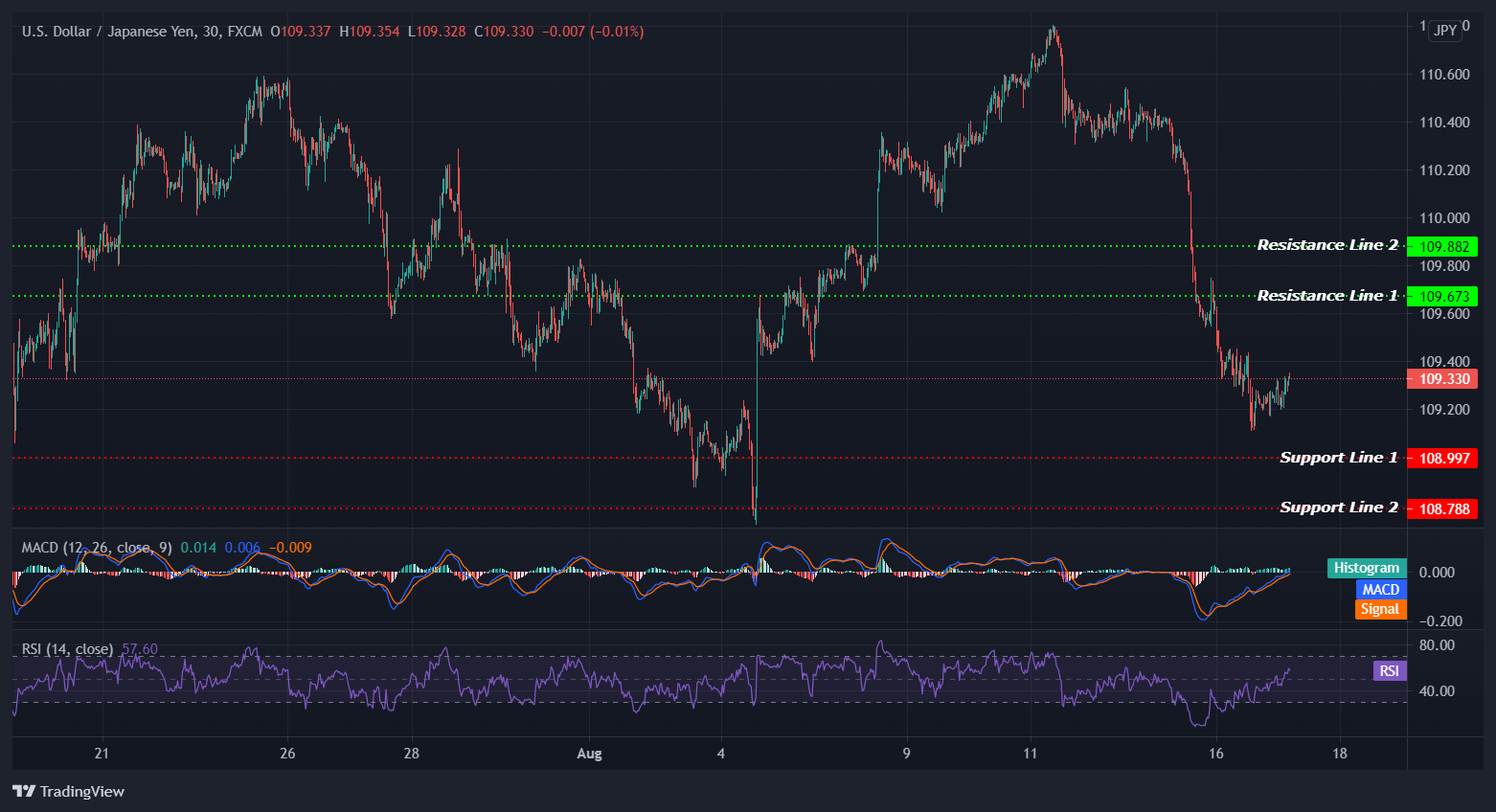EQUITIES
Asia-Pacific stocks were lower on Tuesday trade, led by the shares in Australia, as the S&P/ASX 200 dipped more than 1% following the release of minutes from the RBA’s August monetary policy meeting.
Mainland Chinese stocks were also lower, as regulatory fears resurface. The Shanghai composite slipping 0.48% while the Hong Kong’s broader Hang Seng index sat 0.68% lower.
Elsewhere, the Singapore’s Straits Times index slipped 0.64%, and the S&P BSE Sensex in India declined 0.07%. In Japan, the Nikkei 225 traded above the flatline.
Overnight on Wall Street, the benchmark S&P 500 and the Dow both posted record high closes for their fifth straight sessions, even after the major indexes were initially well in the red. The Dow Jones Industrial Average rose 0.31%, to 35,625.4, and the S&P 500 gained 0.26%, to 4,479.71 While the Nasdaq Composite dropped 0.2%, to 14,793.76.
OIL
Oil prices rose on Tuesday, recovering from the previous day's losses, as investors sought bargains and on expectations that major producers will not boost supply soon, though fears of weaker global demand amid surging pandemic capped gains.
OPEC and its allies, including Russia, believe oil markets do not need more oil than they plan to release in the coming months, despite U.S. pressure to add supplies to check an oil price rise. Last week, U.S. President Joe Biden's administration urged the producer group to boost oil output to tackle rising gasoline prices that they see as a threat to the global economic recovery.
The Brent last traded at $69.50 per barrel, while U.S. crude futures traded at $67.36 per barrel.
Overnight, the Brent settled at $69.51 a barrel, and the WTI ends at $67.29 per barrel.
CURRENCIES
A steeper-than-expected pullback in the NY Empire State manufacturing index on Monday weighed on risk appetite, boosting safe haven demand. The dollar ticked up against a basket of six major currencies, rising to 92.709 after dropping to a 1-week low on Friday.
The yield on benchmark 10-year Treasury notes meanwhile at 1.258%, steadied compared with its U.S. close of 1.257% on Monday.
In cryptocurrencies, bitcoin trading at $46,339, not far from Saturday's 3-month high of $48,190. Ether stood at $3,200.
GOLD
Gold prices were steady on Tuesday, hovering near an over 1-week peak, as support from safe haven demand amid rising Delta variant cases offset pressure from a firmer dollar.
Spot gold was little changed at $1,785.40 per ounce, eased off its highest since Aug. 6 at $1,788.97 on Monday. U.S. gold futures dropped 0.12% to $1,787.60.
Silver rose 0.33% to $23.87 per ounce. Platinum inched 0.20% lower to $1,019.10 and palladium was flat at $2,602.00.
ECONOMIC OUTLOOK
Asian shares declined on Tuesday as growing anxiety over the spike in the Delta variant of COVID-19 infections and turmoil in Afghanistan eclipsed overnight strength on Wall Street.
The markets also casting a wary eye towards the evolution of the situation in China, particularly on the partial port closures and the regulatory crackdown.
China’s regulatory fears also resurfaced. China’s State Administration for Market Regulation published a document on draft rules banning unfair competition in the internet sector. In Tuesday morning trade, Hong Kong-listed shares of Tencent dropped 3.70%, Alibaba dropped 2.77% and JD.com slipped 4.57%.
Investors would be focusing on U.S. retail sales data to come out later today, which may offer clues about U.S. consumption and might determine the behaviour of the dollar in the next few days. Traders also looking out for earnings reports from major retailers due later in the week.
TECHNICAL OUTLOOK
[USDJPY]
Important Levels to Watch for Today:
- Resistance line of 109.673 and 109.882.
- Support line of 108.997 and 108.788.
Commentary/ Reason:
The dollar traded at 109.330 yen, hovering around the 1-week low recorded yesterday, having lost about 1% over the past two sessions.
The safe-haven yen held firm as disappointing economic data from China, the spreading Delta variant of the coronavirus and political tension in Afghanistan weighed on risk appetite.
The dollar also weighed on the yen strength after Japan’s Q2 GDP rose, stronger than expectations, while Monday’s U.S. economic data was negative for the dollar after the U.S. Aug Empire manufacturing survey general business conditions fell weaker than expectations.
The dollar however garnered some support following several Fed officials’ statement that said they are nearing agreement on scaling back asset purchases in about three months if the economic recovery continues.
The USD/JPY pair is testing a key support level at the 108.99 price line which represents the lower bound of a trading range established since late June and 108.78 of early August. A break would be significant but also unfounded.
Buying activity has already risen in the Asian trading session. On positive signals, which supports the chances of starting bullish wave in the upcoming sessions, making the bullish bias suggested on the intraday basis, targeting visiting 109.67 followed by 109.88 price level.
The dollar could rally this week if minutes of the Federal Reserve's last policy meeting confirm a hawkish shift on tapering.















